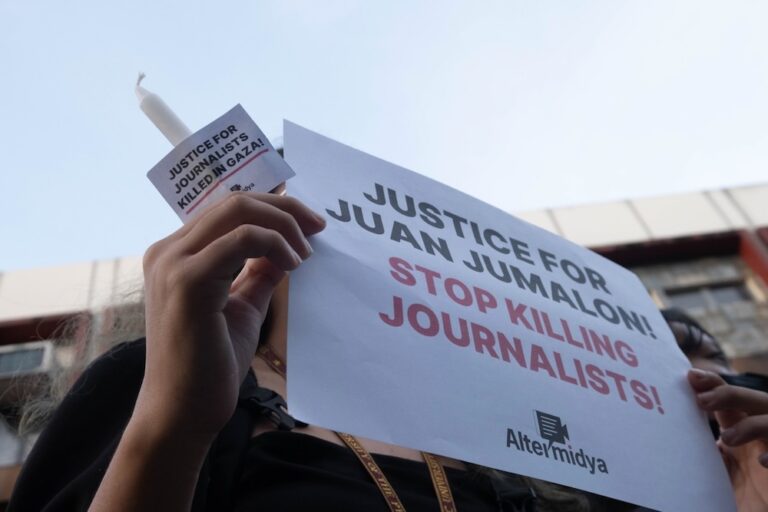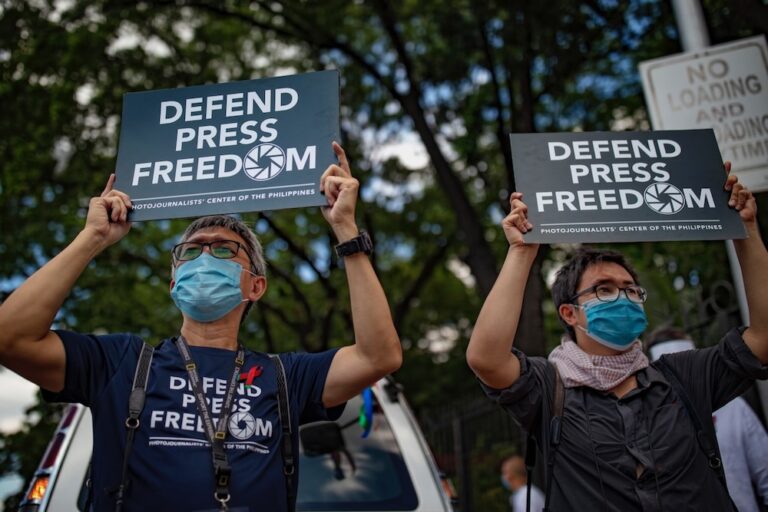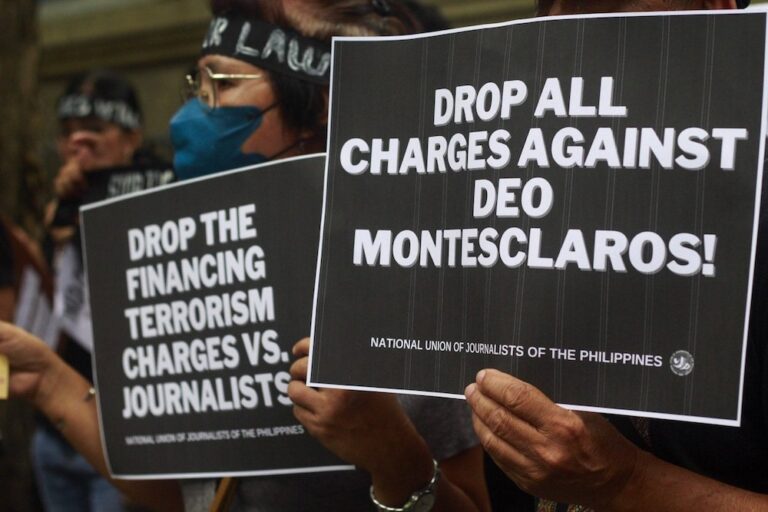The Southeast Asian Press Alliance (SEAPA) stands in solidarity with and joins the calls for justice for the victims of one of the deadliest election-related incidents in Philippine history.
This article was originally published on seapa.org on 23 November 2018.
The Southeast Asian Press Alliance (SEAPA) stands in solidarity with and joins the calls for justice for the victims of one of the deadliest election-related incidents in Philippine history – the Maguindanao Massacre.
The massacre, which shocked the global community nine years ago, is a testament to how deeply entrenched feudal politics remain in the Philippines, in particular in the restive southern Autonomous Region in Muslim Mindanao (ARMM), where Maguindanao is located. It also brought to the fore the risks journalists must constantly face in the discharge of their duties in an environment where threats to their safety and well-being are a perennial challenge.
Exactly nine years ago today, 58 individuals, including 32 journalists and media workers, were killed violently in what would soon be dubbed the single-deadliest event for the press in history. They were abducted, shot at close range, and buried on a hill in Ampatuan, the town in Maguindanao that bore witness to the gruesome murders, and which was named after the powerful political clan that had held sway in the province for decades and soon emerged as the main perpetrators of the killings.
Nine years on, none of the perpetrators have been convicted, while some of the witnesses have either disappeared or been killed. Those that remain alive have been forced to recant their testimonies. Meanwhile, one of the principal suspects in the massacre had been allowed by the court to leave his detention and attend his daughter’s wedding, an undisguised flouting of the law and flaunting of power.
Almost a decade since the Maguindanao, also called Ampatuan, massacre, little has changed in Philippine politics. On the contrary, it seems to have taken a turn for the worse, amid the rise of authoritarian populism that has placed an otherwise independent press in the crosshairs of powerful politicians who bristle at media probes that put unwanted spotlight on breaches of public trust.
Today’s anniversary of the Maguindanao also highlights the glaring reality that the proverbial wheels of justice grind painstaking slow in the Philippines. Such is the case for the victims of the Ampatuan massacre; it is just as slow, if not worse, for the 12 journalists that have been felled since Duterte came to power two years ago.
Across the region, the deeply troubling and sobering realities confronting the media today hardly inspire hope that press freedom and free speech will be restored or will ever become a reality in countries that have all but shut the door to these fundamental rights. Press freedom is on a decline in much of the region, and the Philippines – once the bastion of a free and robust press – is no exception. Assaults on journalists continue unabated while laws and regulations that undermine the press remain firmly in place. Amid the digital expansion across the region is a steadily shrinking civic space where the media cannot thrive and public discourse cannot proceed unhampered.
Today, on the ninth commemoration of the Maguindanao massacre, SEAPA holds out hope that justice will soon descend on all the victims, and that the journalists that lost their lives will not have died in vain.



